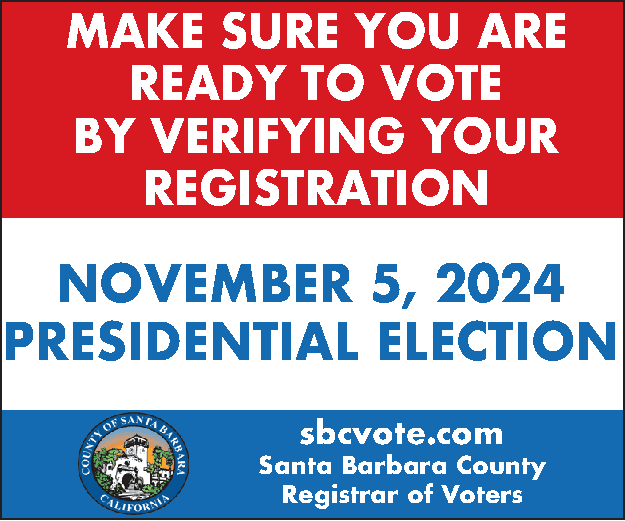Staff Report
When people need emergency help, they want the assistance to arrive immediately — but one thing that can delay the arrival of an ambulance, fire engine or police car is other drivers’ failure to pull to the right and stop when they hear a siren or see flashing lights.
Every year in the United States there are 16,000 collisions involving fire
department emergency vehicles responding to or returning from incidents, according to Daniel Bertucelli, a spokesman for the Santa Barbara County Fire Department. These collisions result in more than 1,000 firefighter injuries and 50 deaths. Many, if not most, of these accidents would be avoided if everyone would just move right for sirens and lights, he said.
Why, then, doesn’t everyone just pull to the right? Many people panic. Some don’t know or understand the law. Others simply don’t adhere to the rules of the road, he said.
The law is very specific: Drivers must yield the right-of-way to an emergency vehicle. Firefighters work hard to avoid vehicle collisions by driving slowly when traveling against traffic, coming to a complete stop at intersections, etc. However, the cooperation of all vehicles on the roadway is essential, Bertucelli said.
Bertucelli offered these rules for drivers who encounter an emergency vehicle whose lights are flashing, whether the siren is sounding or not.
Pull to the right and come to a complete stop. If you’re traveling on a high-speed road or if there is no room to stop, slow down as much as possible. If you are in the left lane, pull over into the right lane.
If you cannot move to the right because of another vehicle or obstacle, just stop. Your action will let the driver of the emergency vehicle know what you are doing and allow the driver to anticipate where to drive.
When an emergency vehicle approaches you from behind while you are stopped at an intersection, stay where you are unless you can pull to the right.
On a two- or four-lane highway or street without barriers, both sides of traffic should pull to the right. If the emergency vehicle is traveling in the opposite direction on a divided highway or street, you do not need to pull over.
If you are on a divided highway where traffic in front of you is at a standstill and you see emergency lights behind you, move to the right if you can; stay where you are if you can’t. Never move into the center divider — you could be moving into the path of an approaching emergency vehicle.
Stay at least 500 feet behind any emergency vehicle.
Do not move to the left, ever, and do not play music so loudly that you are unable to hear sirens.
Do not race ahead to make the green light or turn before the emergency vehicle gets there, and do not turn quickly to the left onto a street or driveway.
Do not drive through a red light or stop sign when an emergency vehicle approaches from behind.
And above all, do not disregard the emergency vehicle by continuing to drive.
Following these simple rules will help everyone involved in an emergency: those who desperately need help and those who are hurrying to help them, Bertucelli said.







